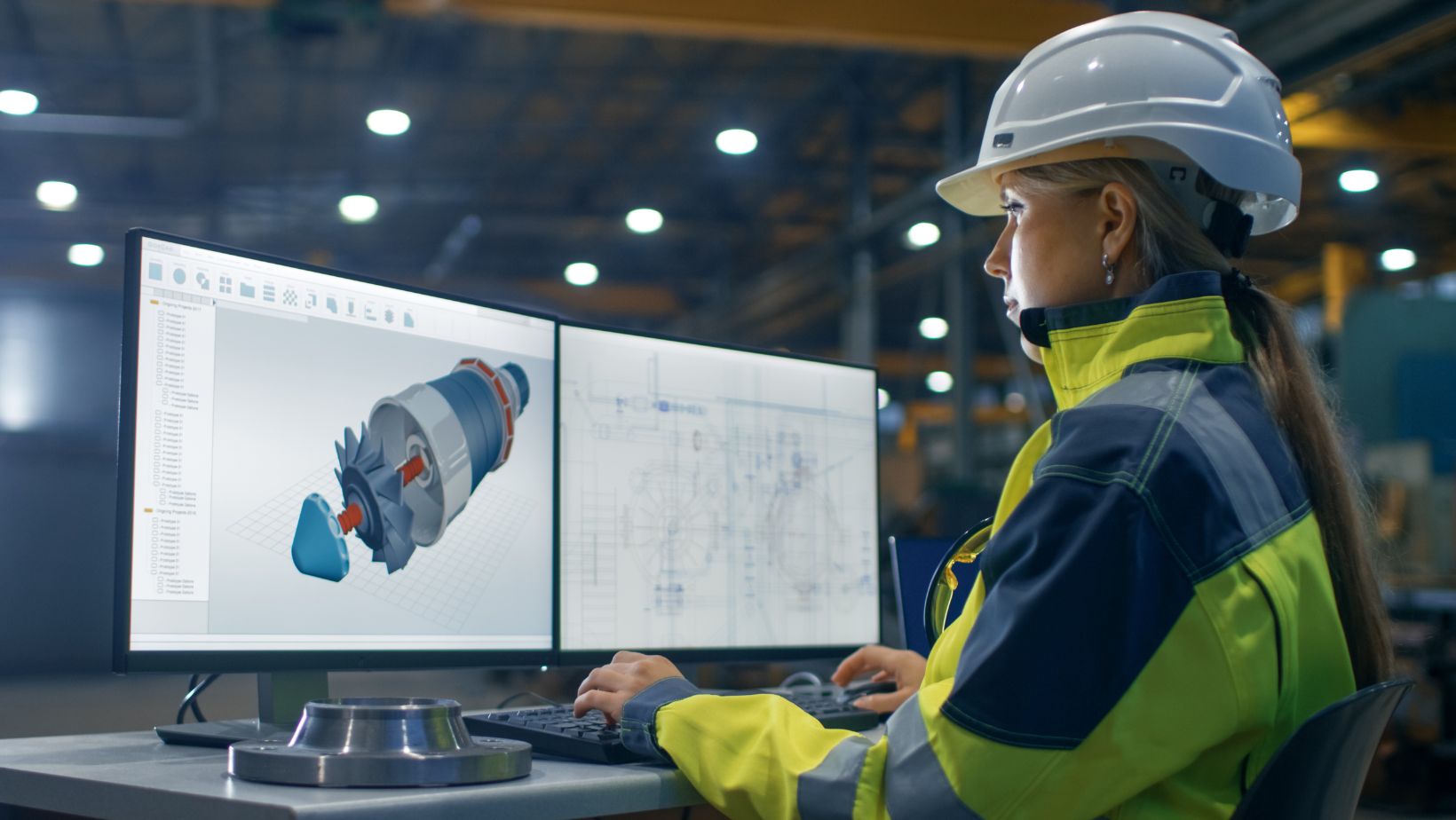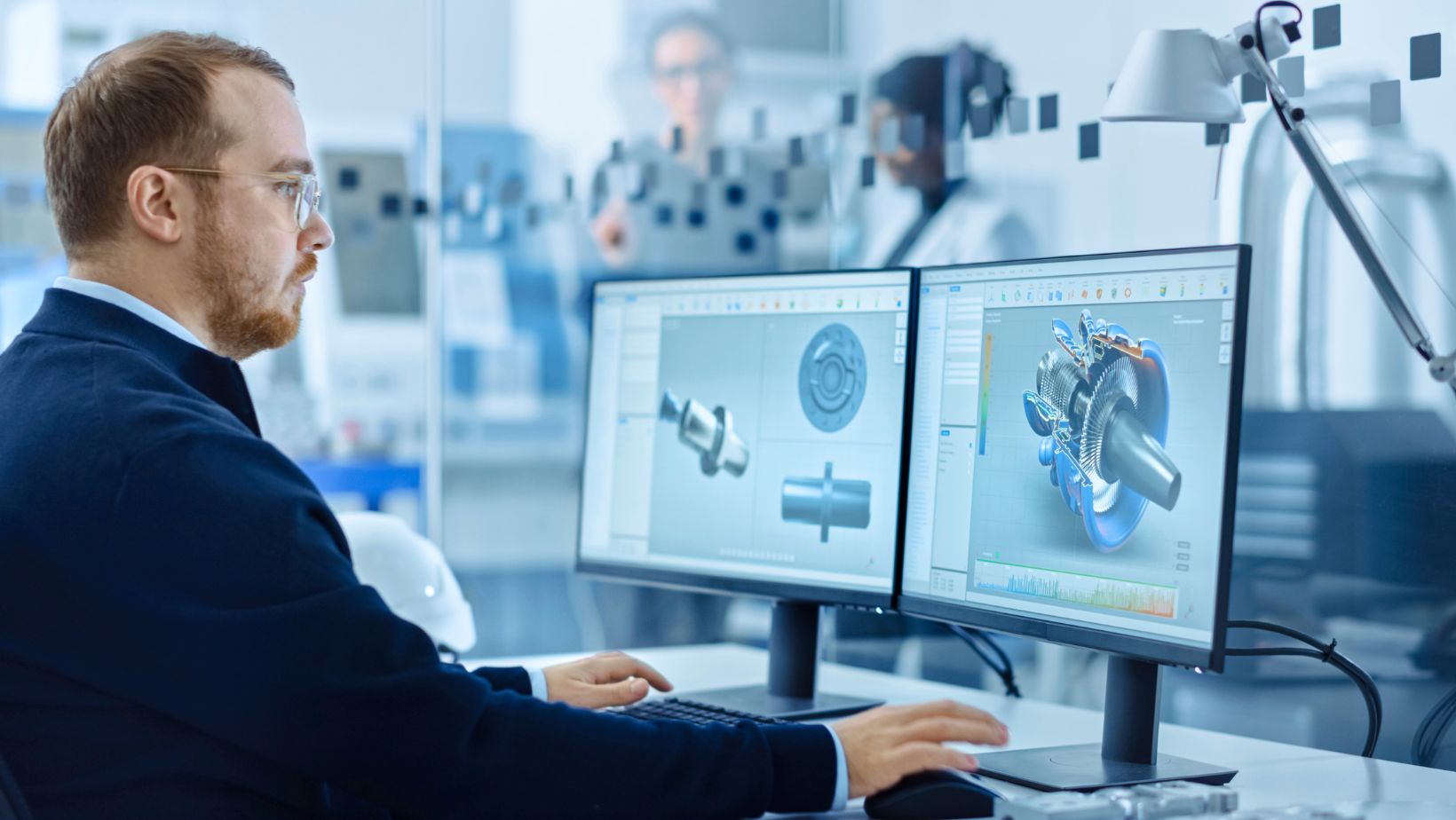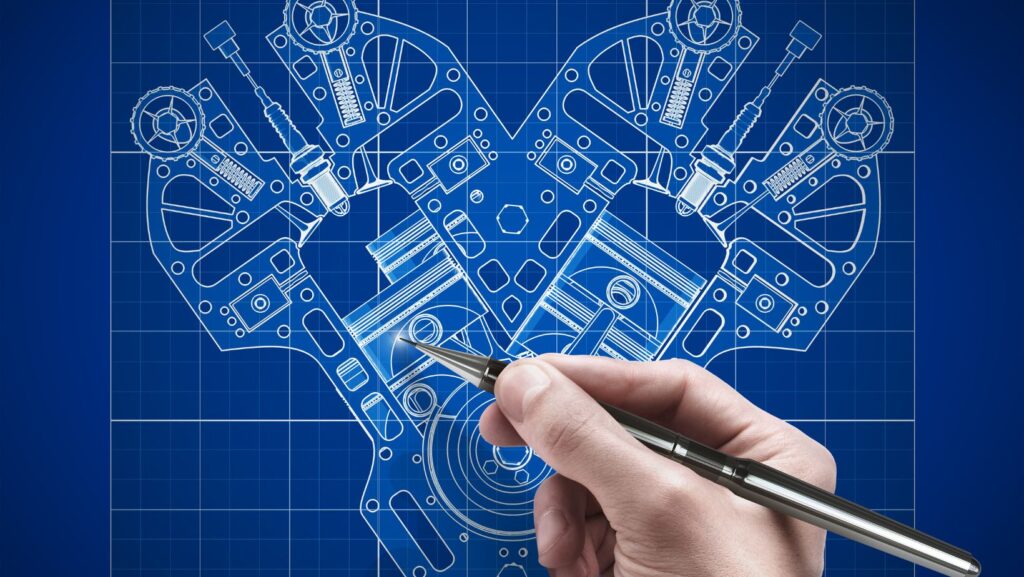
In the rapidly evolving world of technology, 3D printing has emerged as a groundbreaking innovation, transforming how products are designed, developed, and manufactured. For those looking to personalize their digital presence alongside their physical creations, tools like Adobe Express custom PFP maker allow users to create unique profile pictures with ease, enhancing their brand or personal identity online. At the heart of this revolution lies 3D printing CAD software, a tool that has become indispensable for engineers, designers, and hobbyists alike. This software not only brings ideas to life but also pushes the boundaries of creativity and precision.
Choosing the right 3D printing CAD software can be a game-changer, offering features that cater to various needs, from intricate architectural models to complex mechanical parts. With an array of options available, each with its unique set of functionalities, navigating through the choices can be daunting. Yet, understanding these tools’ capabilities is crucial in leveraging the full potential of 3D printing technology, making it essential to dive into what makes each software stand out in this competitive landscape.
3d Printing CAD Software
What Is CAD in 3D Printing?

Computer-Aided Design (CAD) in 3D printing refers to software used by designers and engineers to create three-dimensional (3D) models of physical objects. These digital models are essential in planning, simulating, and executing the designs that 3D printers produce. CAD software for 3D printing offers tools to precisely shape parts, from simple geometric objects to complex, detailed mechanical components. It allows the user to visualize how a design will look and function in the real world, making it an indispensable tool for processes like prototyping and circuit board manufacturing.
The Importance of CAD Software for 3D Printing
CAD software stands at the heart of the 3D printing process, bridging the gap between conceptual design and physical realization. The accuracy and detail provided by 3D printing CAD software ensure that the final print closely matches the original design specifications. This software brings multiple benefits to 3D printing, including:
- Design Precision and Flexibility: CAD software enables precise control over every aspect of a 3D model. Designers can make adjustments at any stage of the design process, improving the product’s functionality and aesthetic appeal.
- Efficiency in Prototyping: Rapid prototyping becomes more straightforward and cost-effective with CAD software. Changes to designs can be made quickly in the software, eliminating the need for costly and time-consuming physical modifications.
- Enhanced Collaboration: Many 3D printing CAD software solutions offer cloud-based collaboration features. These allow teams to work together on projects from different locations, facilitating the sharing of ideas and speeding up the design process.
- Error Reduction: By simulating the behavior and feasibility of designs in a virtual environment, CAD software helps identify and rectify potential issues before printing. This capability reduces material wastage and ensures that the design is optimized for 3D printing.
Top 3D Printing CAD Software in the Market

Building on the significance of 3D printing CAD software for precise model creation and streamlined design-to-production workflows, it’s essential to explore the top software options available in the market. These programs not only facilitate the design process with their user-friendly interfaces and precision tools but also offer tailored customization options to enhance the functionality of the final 3D printed products. Here are the leading 3D printing CAD software solutions that stand out for their capabilities to transform design concepts into tangible outcomes efficiently.
- Autodesk Fusion 360: Recognized for its robust features that cater to both beginners and professionals, Fusion 360 supports end-to-end design and manufacturing. Its cloud-based platform allows for seamless collaboration and access from any device, ensuring flexibility in design processes. Integration with Autodesk’s software ecosystem further empowers users to achieve detailed and complex modeling for 3D printing.
- SolidWorks: A favorite among engineers and product designers, SolidWorks specializes in precision and complexity. It offers extensive tools for solid modeling, assembly, and simulation. Its strong community and vast library of components simplify the design process. Additionally, SolidWorks’ compatibility with various 3D printers and materials makes it a versatile choice for diverse printing projects.
- TinkerCAD: Aimed at beginners and educational purposes, TinkerCAD by Autodesk provides an easy entry into the world of 3D design. Its intuitive interface and straightforward tools make it ideal for creating simple models quickly. Being web-based, TinkerCAD ensures accessibility, making it perfect for classroom settings and hobbyists starting with 3D printing.

